Dogs, our loyal and loving companions, possess a myriad of quirky and endearing traits, among which their sleeping habits stand out as particularly fascinating. Just as human beings have varied and unique ways of drifting off into the land of dreams, so do our canine friends. However, what sets dogs apart is the diversity in their sleeping patterns, often influenced by their breed-specific traits, energy levels, and even historical backgrounds. This article delves into the world of 12 dog breeds that showcase some of the most unique sleeping habits. From the sprawling, carefree snoozers to the tightly curled balls of fur, each breed presents a captivating insight into how their inherent nature and historical roles shape their slumber styles. Understanding these habits not only brings us closer to our furry friends but also aids in providing them with the care and comfort they need to rest well. Let’s explore these breeds and their distinctive ways of resting, which range from the utterly adorable to the downright peculiar.
1. Greyhound
Greyhounds, known for their incredible speed and sleek physique, have a surprising contrast when it comes to their sleeping habits. These dogs often adopt what is affectionately termed the “roach” position, lying on their backs with legs awkwardly jutting into the air. This peculiar posture is not just a display of their relaxed state but also helps regulate their body temperature, allowing heat to escape and cool air to circulate around their body. Moreover, greyhounds, originally bred for hunting and racing, have evolved to be efficient in conserving energy when not in active pursuit or competition. Their tendency to sleep deeply and comfortably in what might seem an uncomfortable position to us is a testament to their adaptability and unique physiological needs.
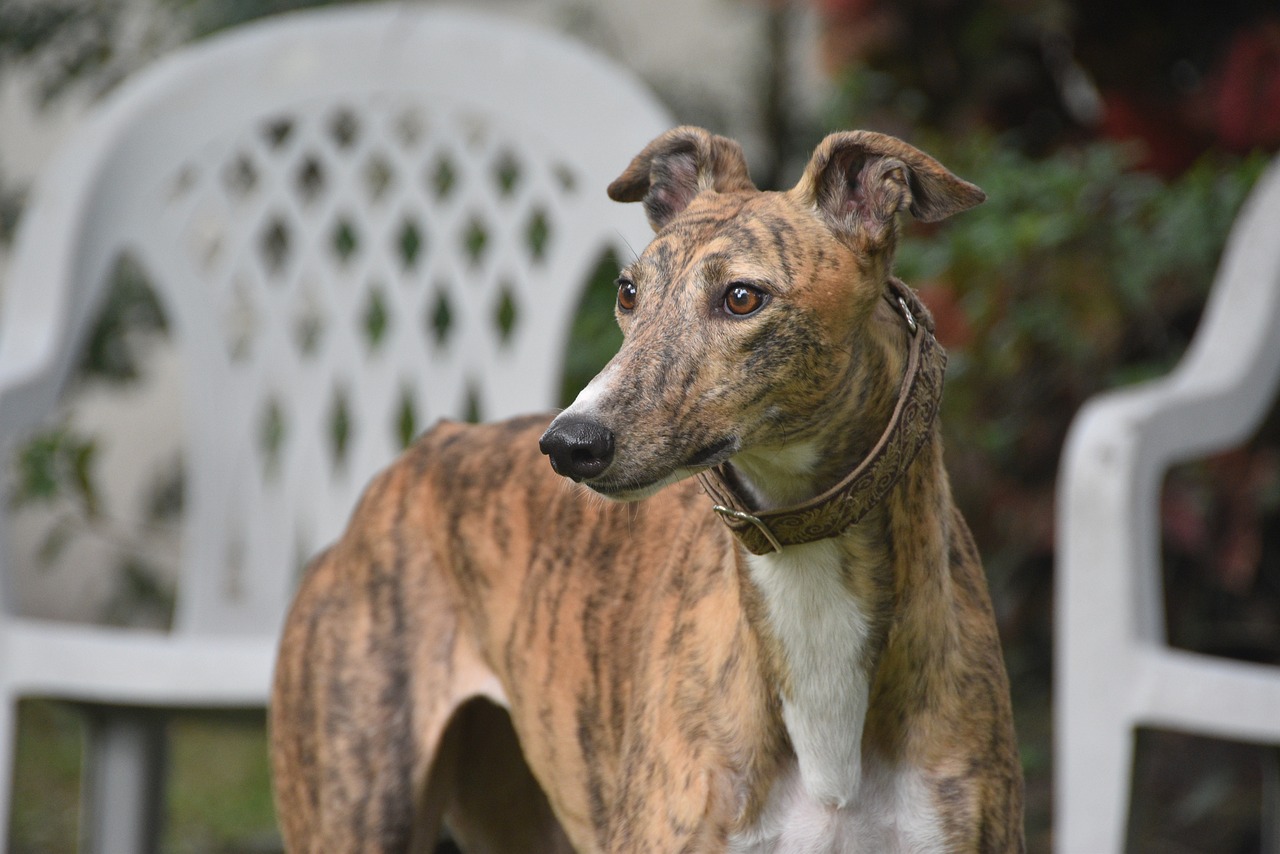
2. Shih Tzu
Shih Tzus, with their regal ancestry as companions to Chinese royalty, exhibit sleeping habits that mirror their luxurious past. These dogs often prefer sleeping in elevated spots, be it a plush cushion or the highest point on the sofa, symbolizing their historical status as lap dogs of nobility. Their sleeping style is characterized by tight, curled-up positions, often nestling into a cozy nook that offers warmth and security. This preference not only reflects their need for comfort and warmth but also an instinctive behavior to protect themselves, showcasing a blend of their aristocratic upbringing and natural canine instincts.
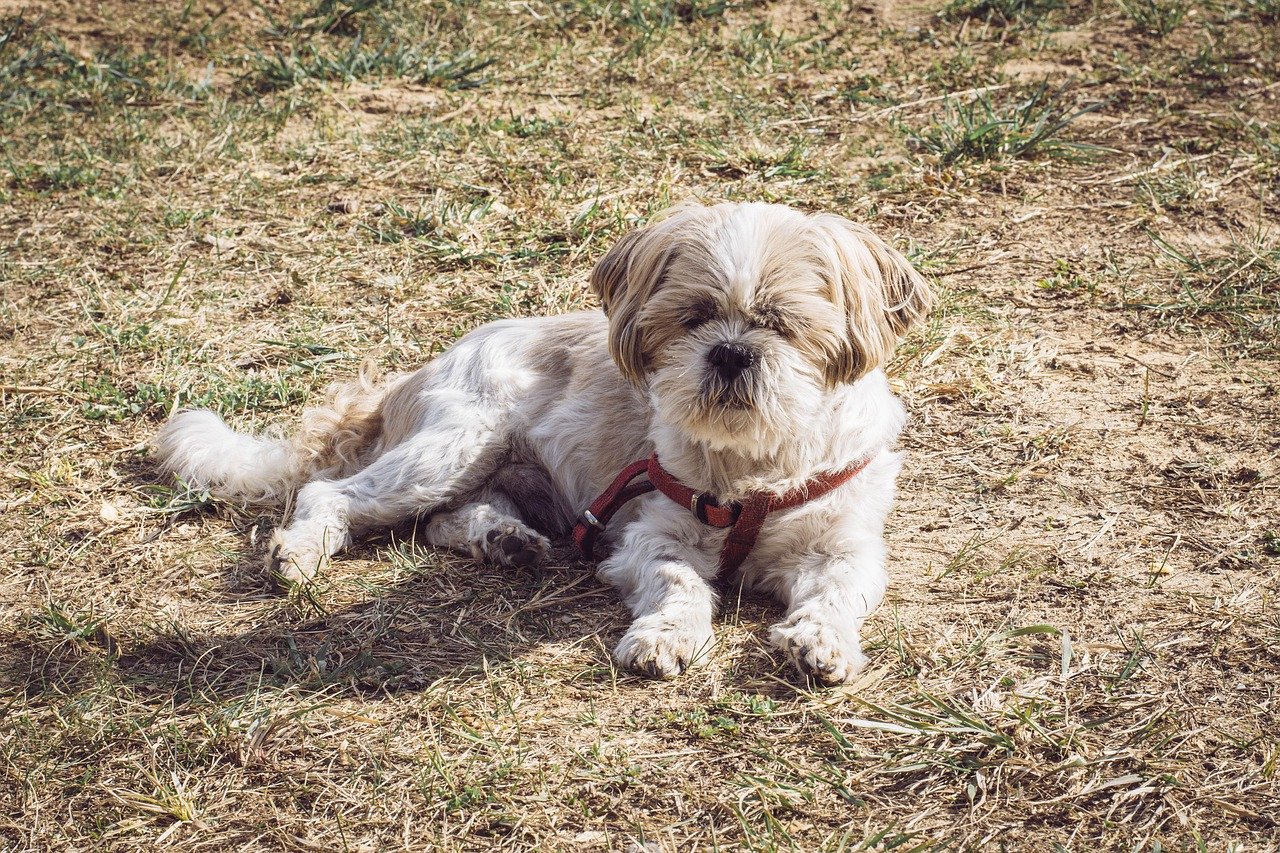
3. Bulldog
Bulldogs are renowned for their loud snoring, a direct result of their distinctive brachycephalic (flat-faced) facial structure. This breed tends to sleep in sprawled positions, often on their sides or stomachs, which can exacerbate their snoring. While it might be amusing or sometimes concerning for their human companions, this sleeping habit is closely linked to their physical characteristics, including narrowed nostrils and elongated soft palates. Their preference for cooler sleeping environments also reflects their susceptibility to overheating, making them seek out the coolest spot in the house to settle down for a nap.
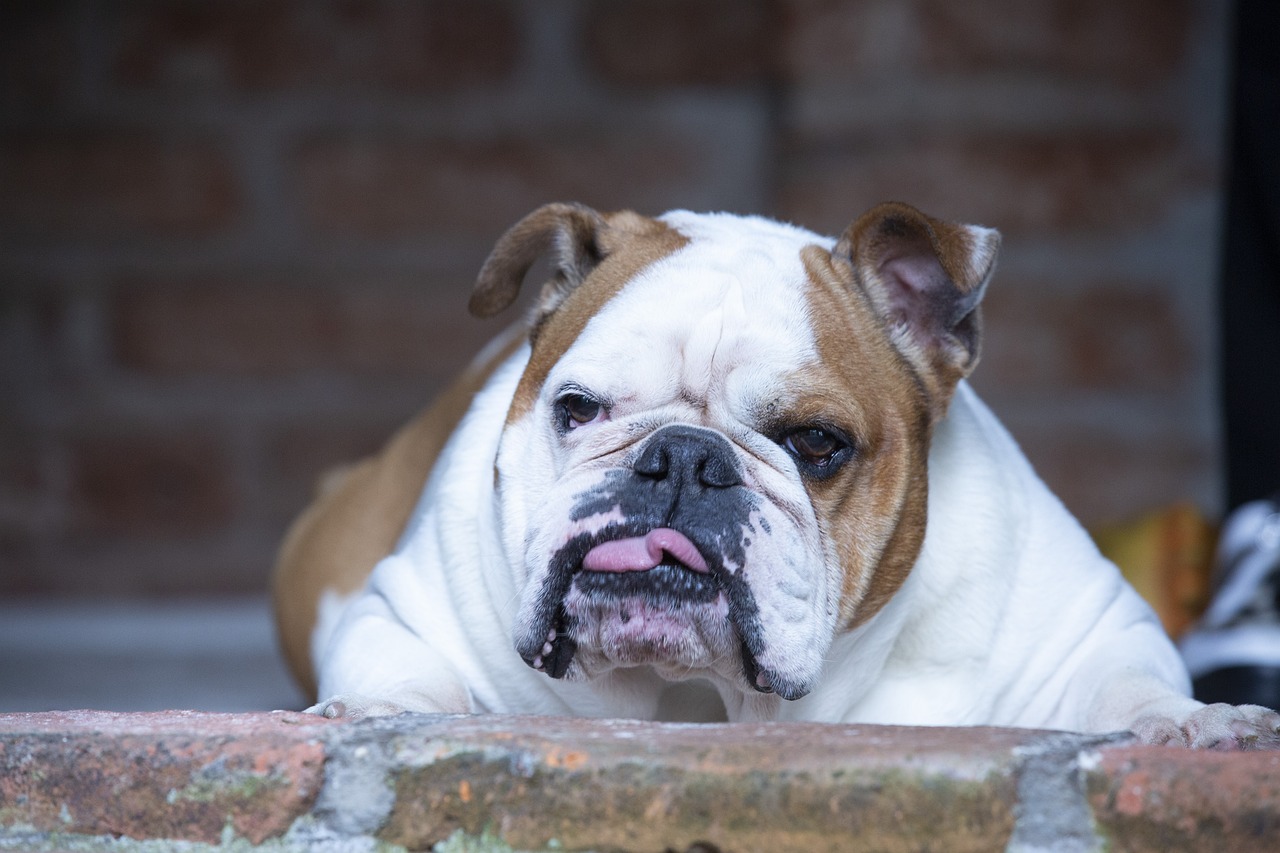
4. Labrador Retriever
Labrador Retrievers, one of the most beloved and versatile breeds, are known for their adaptable and easy-going nature, which extends to their sleeping habits. These energetic dogs are just as happy sleeping on a soft bed as they are dozing off on the floor after a long day of play. Labradors often sleep in a variety of positions, from curled up to fully stretched out, reflecting their relaxed disposition. However, their tendency to sleep deeply and soundly, often “running” or twitching in their dreams, suggests a high level of REM activity, indicative of their active and playful personalities.

5. Boxer
Boxers are a breed that displays a unique blend of energy and laziness, which is evident in their sleeping habits. Known for their playful and protective nature, Boxers often sleep in positions that keep them ready to spring into action at a moment’s notice. They might rest with their head elevated or in a semi-alert position, even while deeply asleep. This habit stems from their historical role as working dogs, where being alert was crucial. Despite their sometimes vigilant sleeping posture, Boxers are also known to enjoy long, leisurely naps, especially after a bout of vigorous exercise, showcasing their ability to switch off and fully relax.
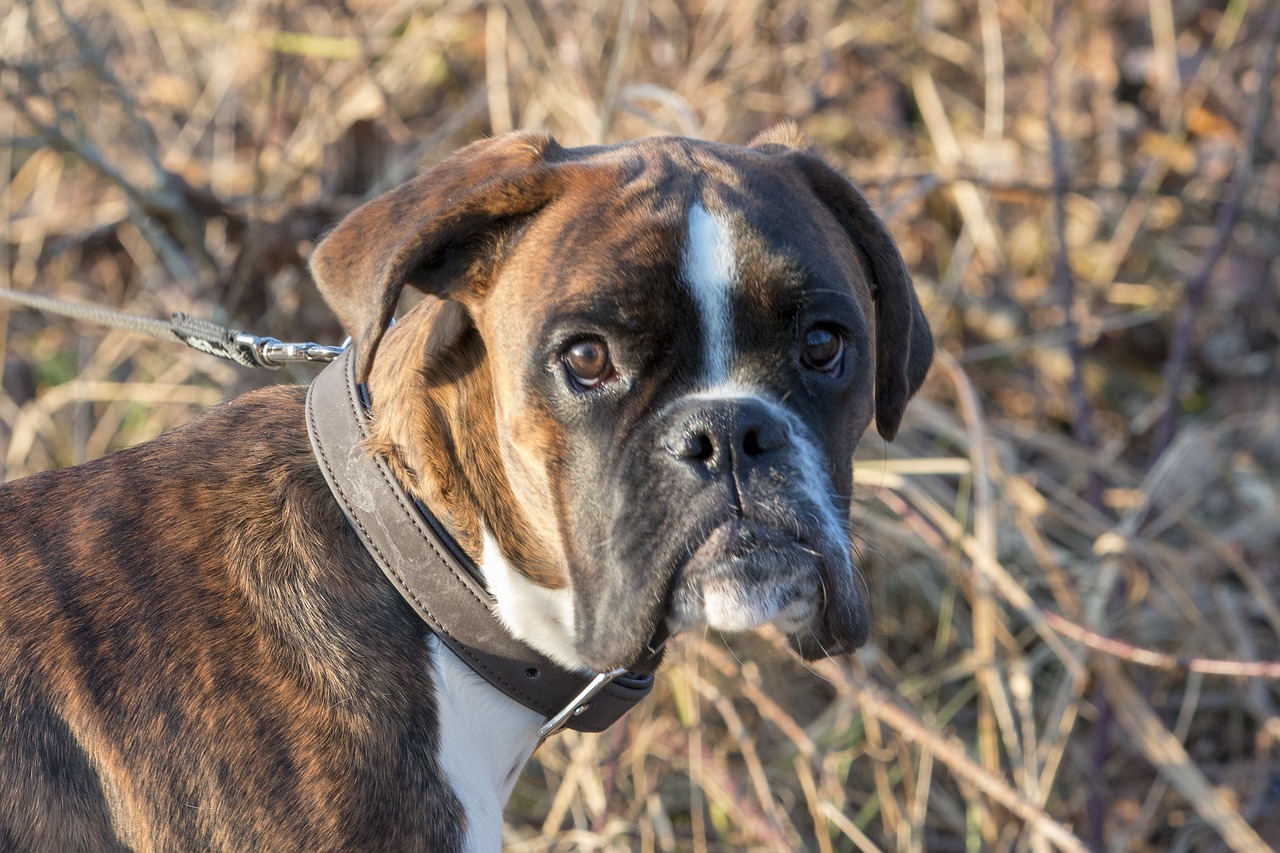
6. Chihuahua
Chihuahuas, the smallest dog breed, have sleeping habits that reflect their need for warmth and security. These tiny dogs prefer snuggling close to their human companions or burrowing into blankets and pillows to create a warm, cozy nest. Their preference for burrowing is not just a quest for comfort but also an instinctive behavior for protection and warmth, given their small size and susceptibility to cold. This endearing trait showcases the Chihuahua’s adaptability and their strong bond with their human families, relying on them for warmth, security, and comfort.
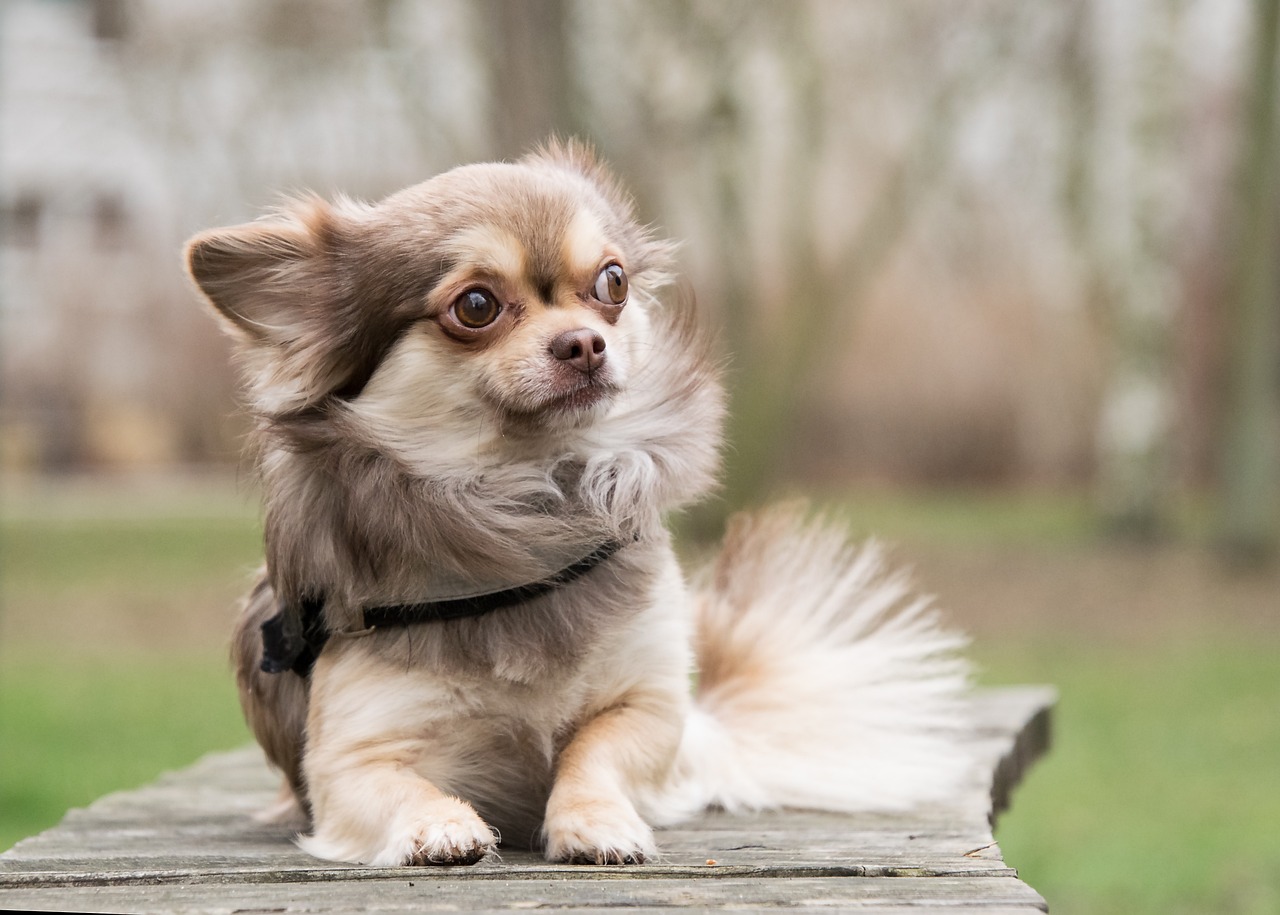
7. Saint Bernard
Saint Bernards, giants among dogs, are known for their calm and gentle demeanor, which extends to their sleeping habits. Despite their large size, they often prefer sleeping in close proximity to their human family members, showcasing their affectionate and protective nature. Their preferred sleeping positions can take up a significant amount of space, often sprawled out to fully relax their large bodies. This habit not only reflects their need for comfort but also their role as nurturing and protective companions, always ready to offer warmth and security.
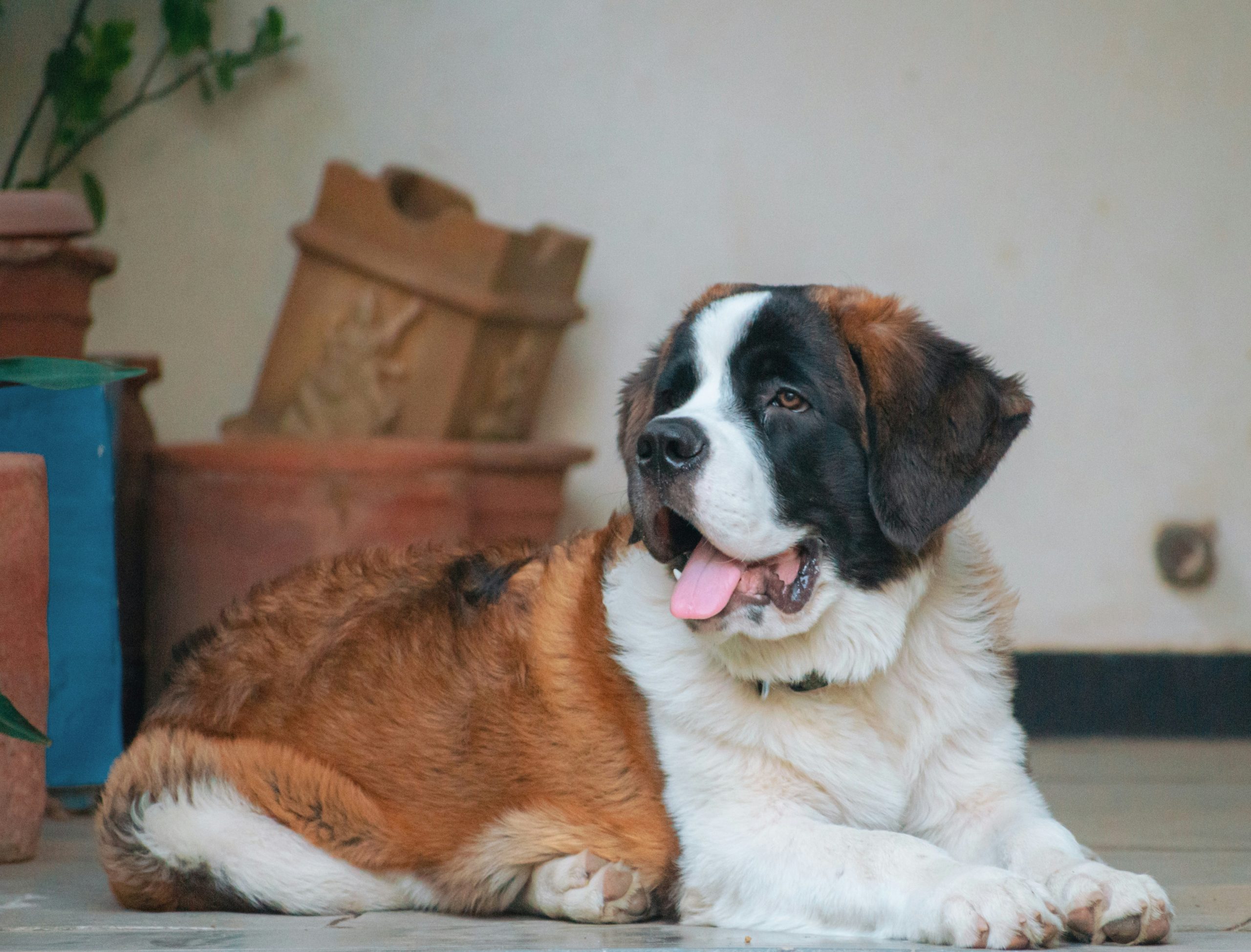
8. Siberian Husky
Siberian Huskies, bred for endurance sledding in the harsh Arctic conditions, have unique sleeping habits that reflect their ancestral environment. They are known to sleep curled up in a tight ball, with their tails covering their noses, to conserve body heat and protect their extremities from cold temperatures. This position, reminiscent of their wild counterparts, showcases their ability to adapt and survive in extreme conditions. Despite being kept in warmer, modern environments, Huskies still exhibit this instinctive sleeping posture, a testament to their hardy nature and evolutionary past.

9. Dachshund
Dachshunds, with their elongated bodies and short legs, have sleeping habits that cater to their unique physique. They often seek out the most comfortable spot, sometimes burrowing into blankets or curling up in a snug bed that supports their long backs. This preference for cozy, enclosed spaces is not only a quest for comfort but also a protective measure for their vulnerable spine. Dachshunds, originally bred for hunting small game, exhibit this burrowing behavior as a remnant of their digging instincts, showcasing an interesting blend of comfort-seeking and instinctual behavior.
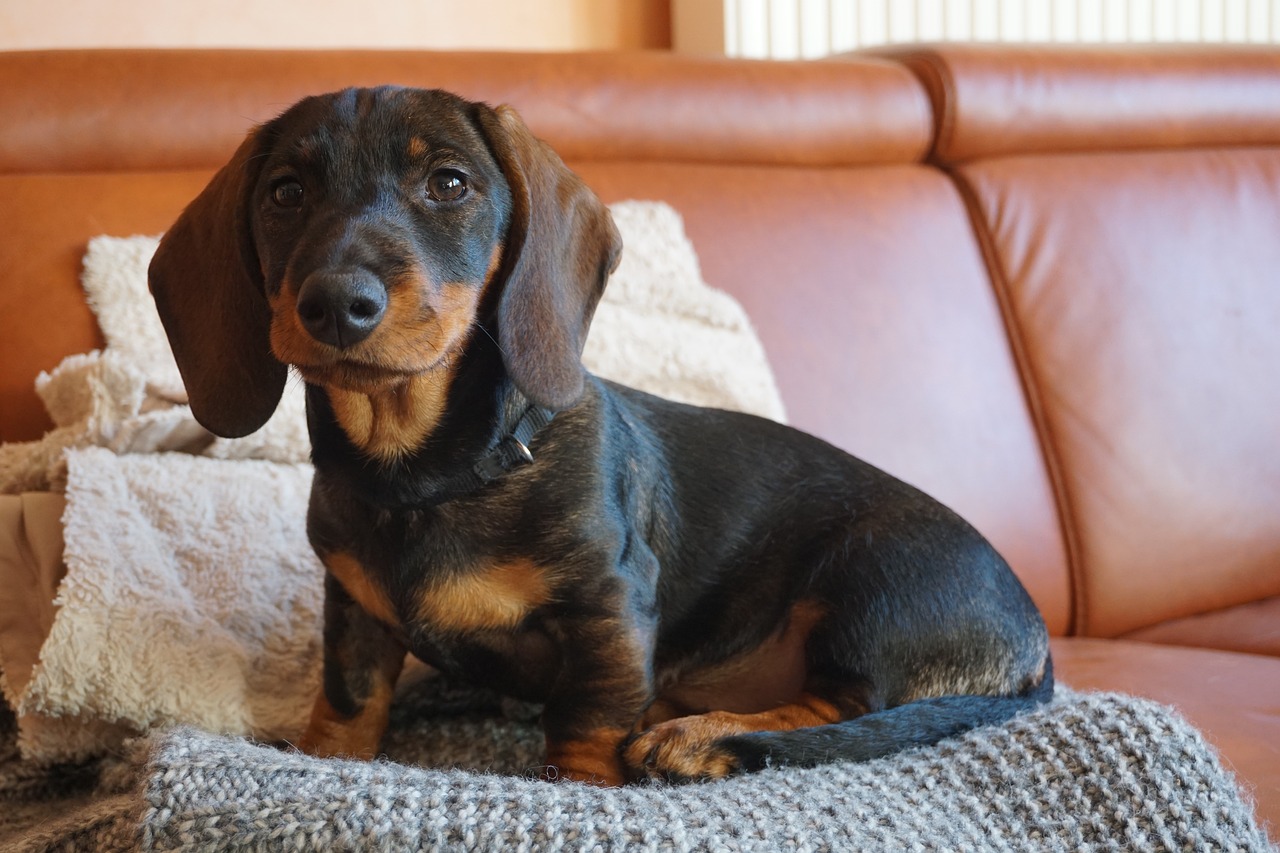
10. Pug
Pugs, much like Bulldogs, are brachycephalic and known for their snoring. However, their sleeping habits also include a penchant for sticking close to their human companions, often sleeping in contact or very close proximity to them. This behavior reflects their sociable and affectionate nature, seeking warmth and companionship even in sleep. Pugs tend to adopt various sleeping positions, but they are particularly fond of resting their heads on pillows or human laps, emphasizing their need for physical closeness and comfort.
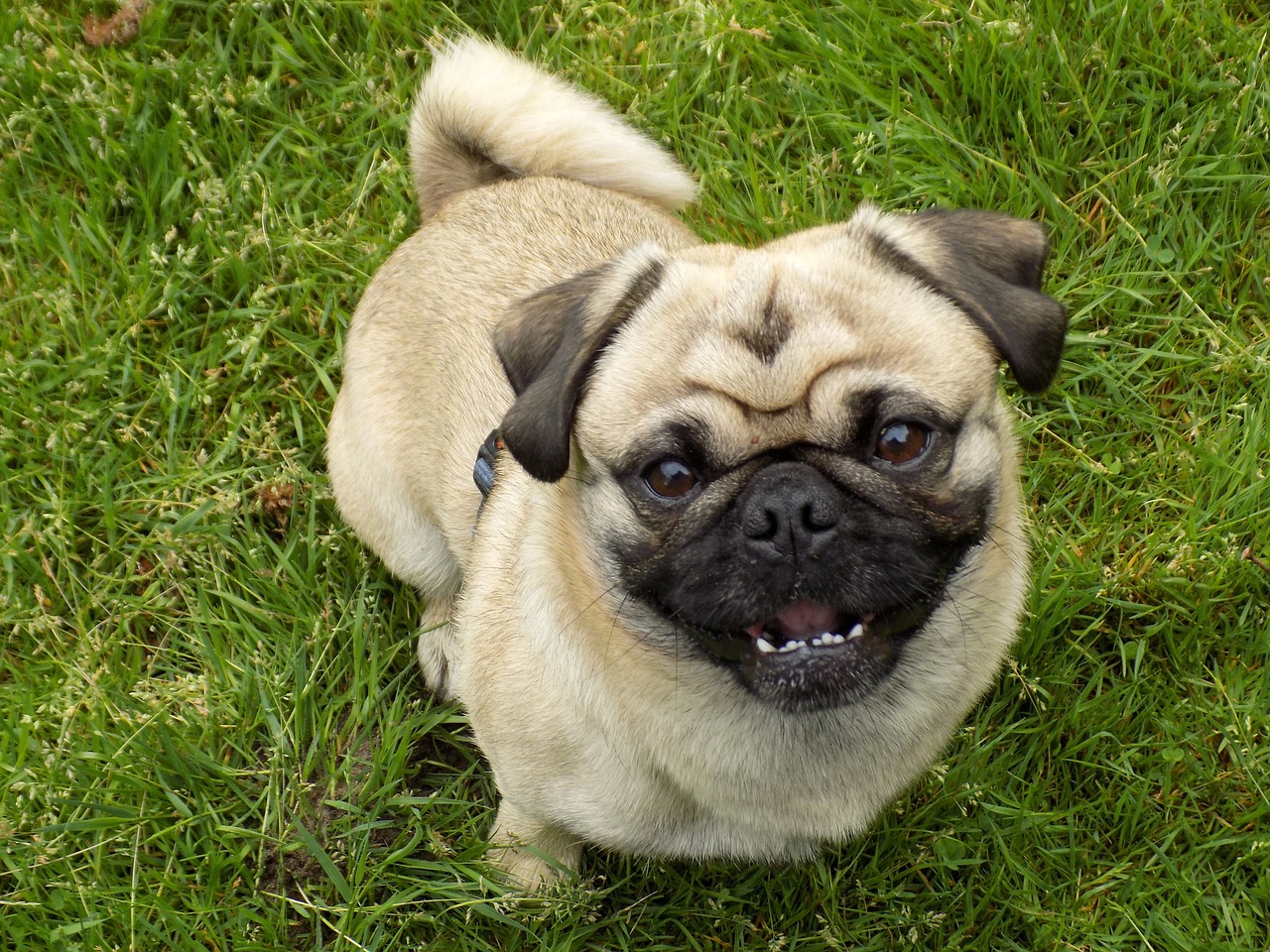
11. Beagle
Beagles, known for their keen sense of smell and tracking ability, have sleeping habits that reflect their social and pack-oriented nature. They prefer sleeping in groups, often cuddling up with other dogs or their human family members, showcasing their need for companionship and security. This tendency to seek out close physical contact during sleep not only reflects their pack mentality but also their affectionate and friendly disposition, making them ideal companions for families with multiple pets.
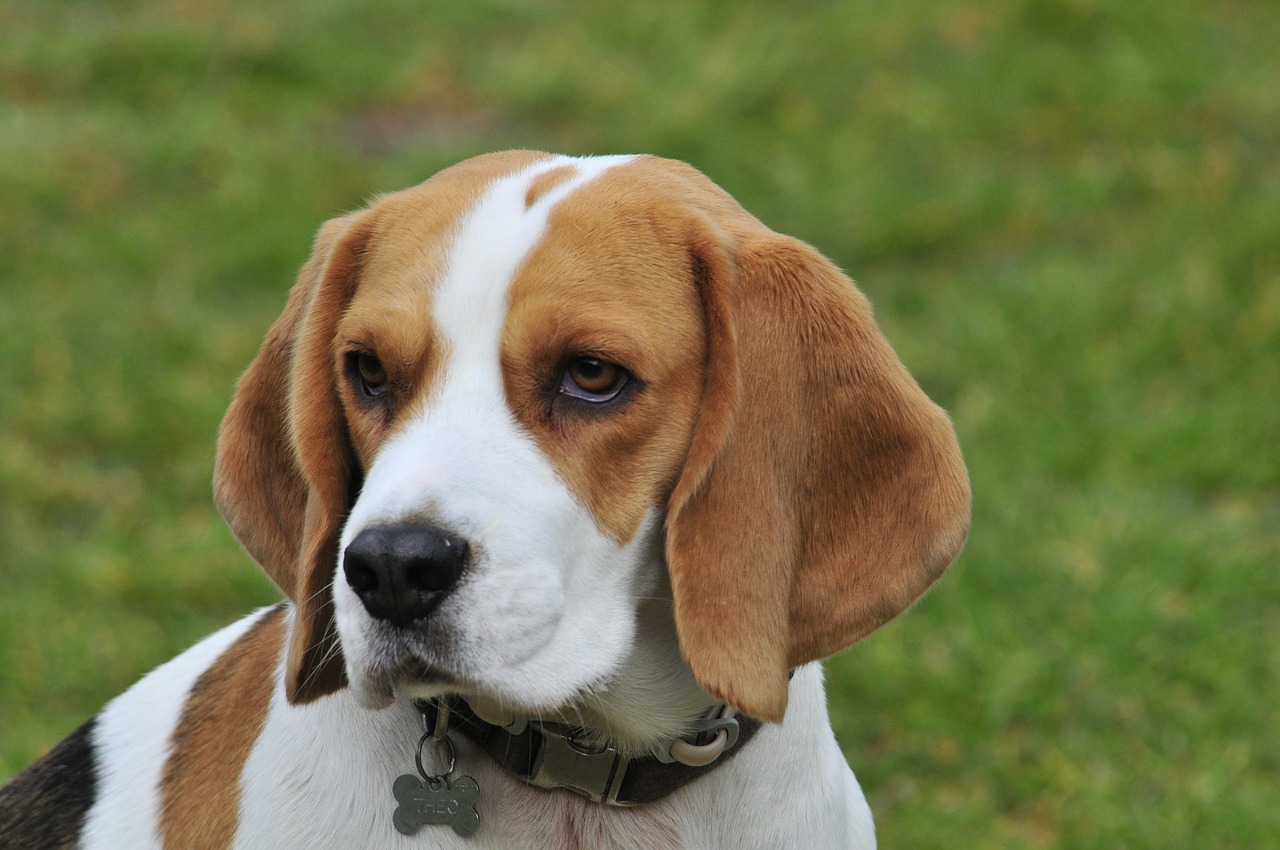
12. Great Dane
Great Danes, despite their imposing size, are known as gentle giants, a trait that extends to their sleeping habits. They often seek out the most comfortable and spacious spot in the home, sometimes even preferring human-sized beds over their own. Their preferred sleeping positions can vary widely, from sprawling out to taking up as much space as possible to curling up in an unexpectedly small ball. This flexibility in sleeping positions reflects their adaptable and easy-going nature, as well as their desire for comfort and closeness to their human companions.

The sleeping habits of dogs are as diverse and unique as the breeds themselves, offering a fascinating glimpse into their personalities, instincts, and historical backgrounds. From the protective vigilance of the Boxer to the warmth-seeking cuddles of the Chihuahua, each breed exhibits sleeping behaviors that are a direct reflection of their inherent traits and evolutionary heritage. Understanding these habits not only endears these creatures to us further but also helps in providing them with the care and comfort they deserve. As we tuck ourselves in at night, we can appreciate the diversity of our canine companions’ resting rituals, a reminder of the deep bond we share with our four-legged friends.
 Toledo, United States.
Toledo, United States.